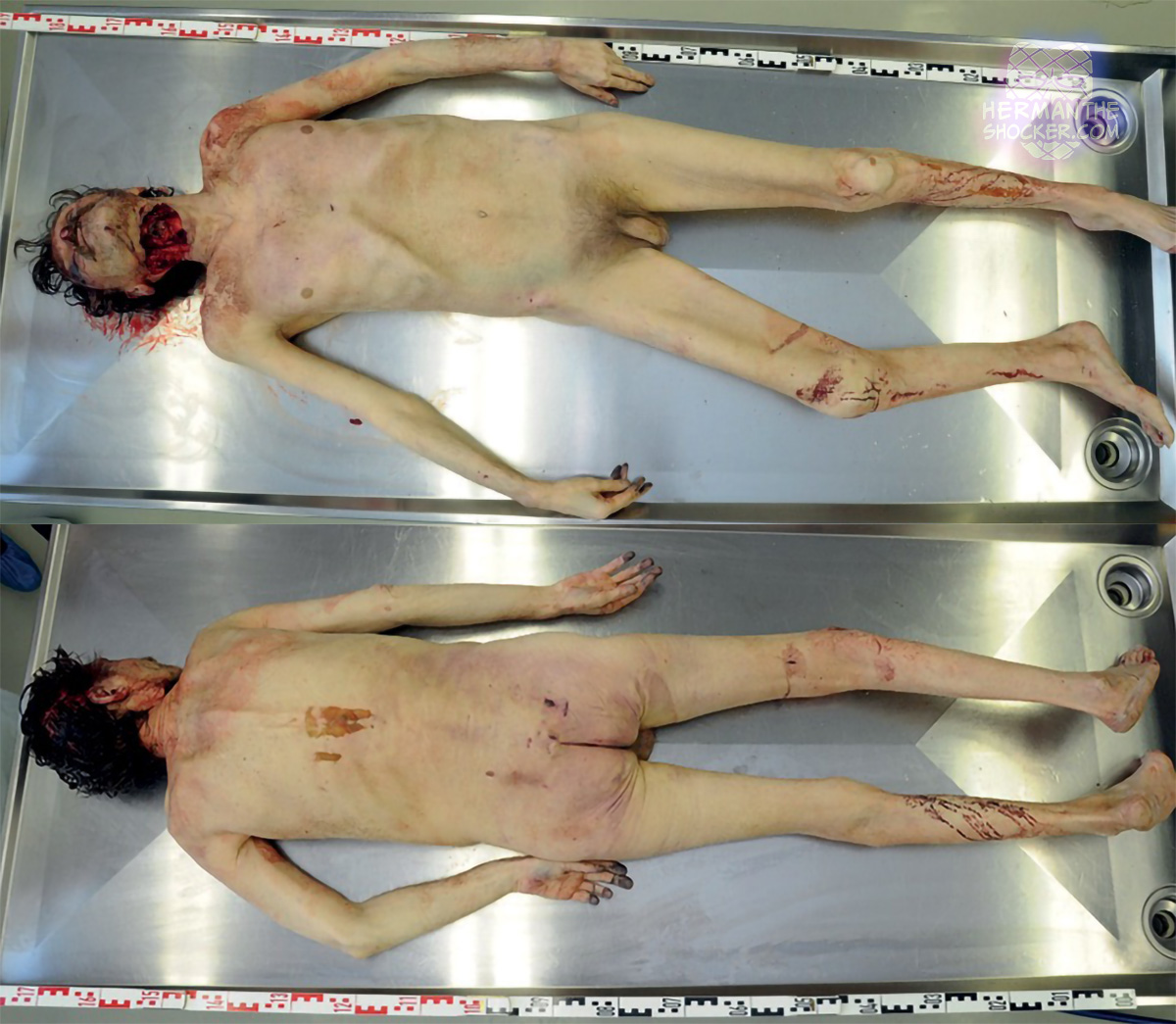This individual bled to death after a cut throat injury. Cut-throat deaths involve deep incisions or lacerations across the throat, typically severing vital structures such as the carotid arteries, jugular veins, and trachea. Forensically, the nature, depth, and direction of the wound can help differentiate between homicide, suicide, or accident. In suicides, cuts often start shallow, increasing in depth with hesitation marks, often on the non-dominant side of the neck. Homicidal wounds tend to be deeper, forceful, and consistent across the throat. Defensive wounds on hands or arms indicate a struggle, common in homicides. Bloodstain patterns and autopsy findings aid in reconstructing events and determining manner of death.
Latest posts

Dismembered torso in a homicide case. The severed neck of a dismembered torso must be inspected carefully for…







